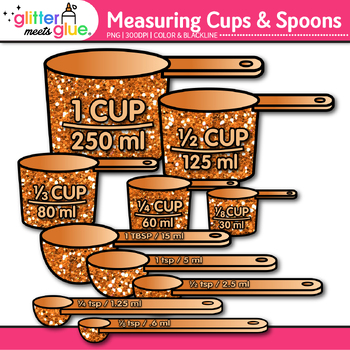How to measure correctly

Use standard measuring cups and spoons.
Measure dry ingredients before measuring liquids to save dirtying extra dishes.
Part of a cup: Use tablespoon or the smaller measuring cups -- 1/2, 1/3, 1/4 -- for greater accuracy.
White sugar: If lumpy, sift before measuring. Do not pack down. Level sugar off with a spatula or a straight knife.
Brown sugar: Pack firmly into cup or spoon, so that when turned out it will hold the shape of the the cups or spoon. If lumpy, roll and sift before measuring.
Syrup and molasses: Rinse spoon or cup in cold water before measuring.
Solid fats: When fat comes in 1 lb rectangular form, 1 cup or fraction of a cup can be sliced off using the measurements generally found on the packaging. You can also measure a cupful by packing firmly into a cup and leveling off the top with a spatula or a straight knife. The water method may also be sued for part of a cup. To measure 1/2 cup of fat, for instance, put 1/2 cup cold water into a 1 cup measure. Add fat, pushing it under water until the water level stands at the 1 cup mark. Pour out the water.
White flour: Sift once. Lift lightly into a cup. Level off the flour with a spatula or a straight knife.
Other flours, fine meals, fine crumbs: Stir instead of sifting. Measure like flour.
Baking powder, cornstarch, cream of tartar, spices: Stir to loosen. Dip a measuring spoon into the container, bring up heaping full. Level with a spatula or a straight knife.
Comments
Post a Comment